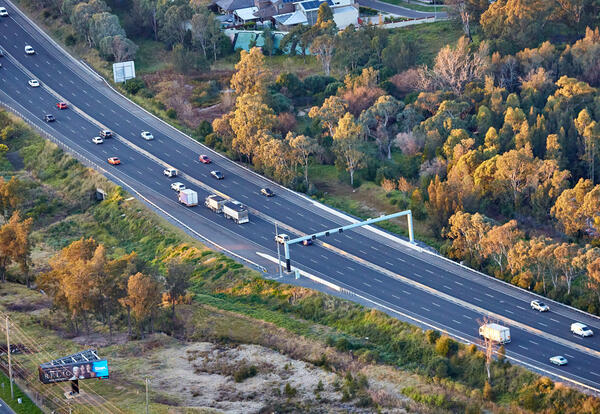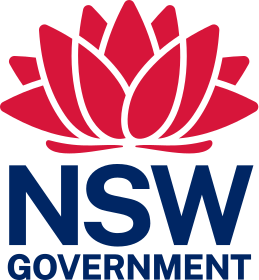
Transport technology case study: Virtual training to deliver a safer reality
Sydney Trains is using virtual reality as an innovative and effective training tool.
Introduction
Virtual reality (VR) is providing train crew with realistic and secure simulations of emergency and evacuation scenarios. This exciting new technology is a unique and innovative way to offer critical training to Transport team members.
Challenge
Train crew, including drivers and guards, are required to undertake regular training (known as ‘Continuation Training’) to refresh and update their skills and knowledge so they can continue to provide safe and reliable train services. In real life, many of the skills these teams are required to learn and practise, take place in challenging environments, such as on trains or tracks. As a result, these continuation training experiences are usually offered by video which is not as practical or ‘hands-on’ in preparing crew for emergency or operationally critical situations.
Solution
VR provides a fully immersive environment in which a person’s senses are under the control of a display system – in this case, through a headset. VR completely reflects the real visual world making it an emerging medium for the delivery of classroom-based training.
Teams from across Transport, including train crew, digital engineers and information technology specialists, collaborated to explore the potential that VR could play in providing an engaging and realistic medium for delivering training for train crew in a safe and easy-to-access environment.
Transport first engaged train crew in an immersive workshop through the Digital Engineering Innovation Hub, where crew got hands-on experience with the technology. This led to the development of the current VR training, giving train crew the opportunity to practise two scenarios – deploying a Waratah (fleet) Detrainment Ramp and using a fire extinguisher. In the past, training for these scenarios would have involved watching a video, but using VR these teams get a more realistic training experience simply by putting on a VR headset.
Expected outcomes
The VR technology has proved to be a hit with train crew who found the experience to be a very engaging way of learning and practising skills critical to the safety of passengers and team members. Participants found going through the motions of virtually completing the tasks – such as operating handles, pushing doors and completing process steps – to be very realistic and fun. The pilot was especially successful as it was co-developed with the original users, catering for all aspects of the technology adoption journey and with a focus on the right organisational drivers.
Following the success of the initial pilot in 2023, these VR experiences have been adopted as an integral part of the Continuation Training program for Train Crewing with demand for more VR scenarios to be added to the learning experience.
“We see VR training as an important part of our near future. Seeing the success of our first fully immersive training experience has been very rewarding. It has provided valuable insights into how we can effectively use this technology to support future training.”
Mario Chalouhi, Senior Manager, Continuation Training & Competence, Train Crewing
Related information
Watch the video
See how virtual reality training is being rolled out to improve train crew readiness to respond to onboard emergencies.
Image
Image controls:
Transport technology case studies

M4 Smart Motorway
New South Wales’ first smart motorway reduces crashes and shortens travel time.

Zero Emission Buses
Our fleet of 8,000 buses will be transitioned to 100% zero emissions technology by 2047.

Transport Connected Bus Program
Real time trip information for more rural and regional bus passengers.

